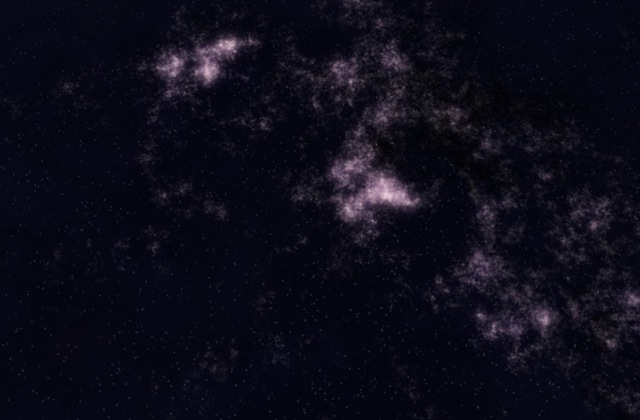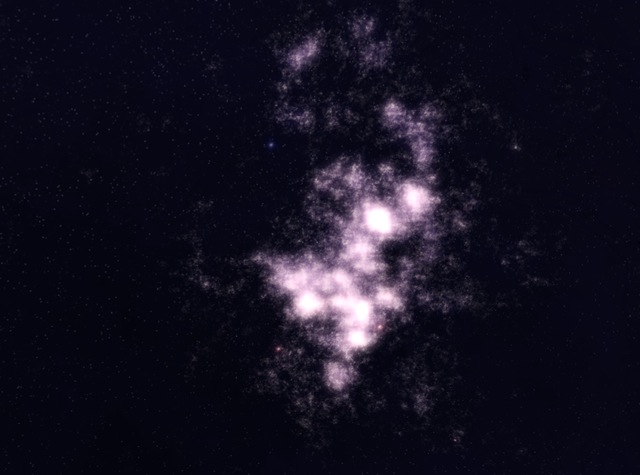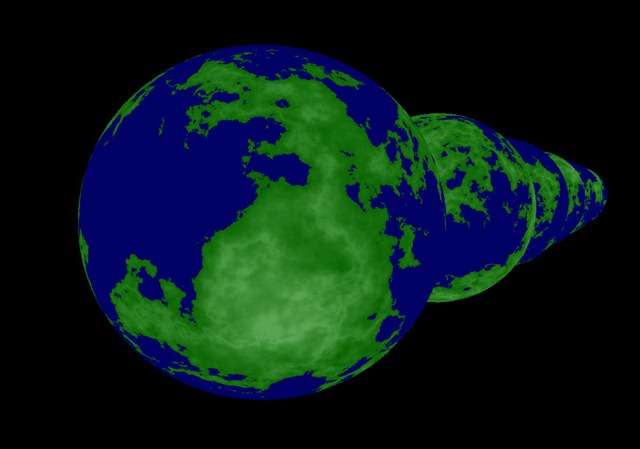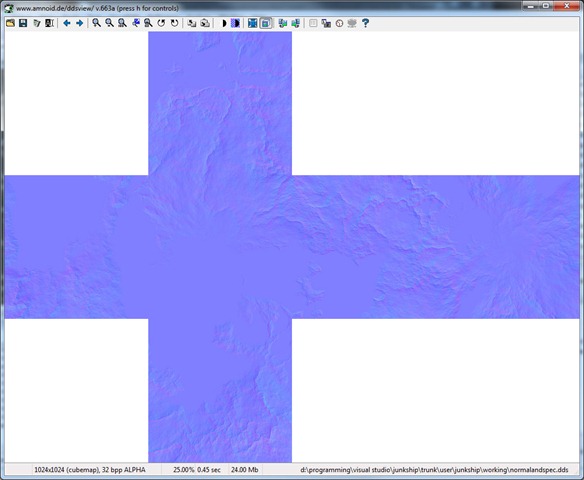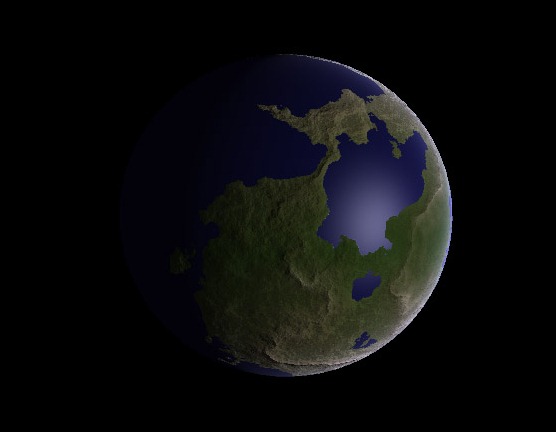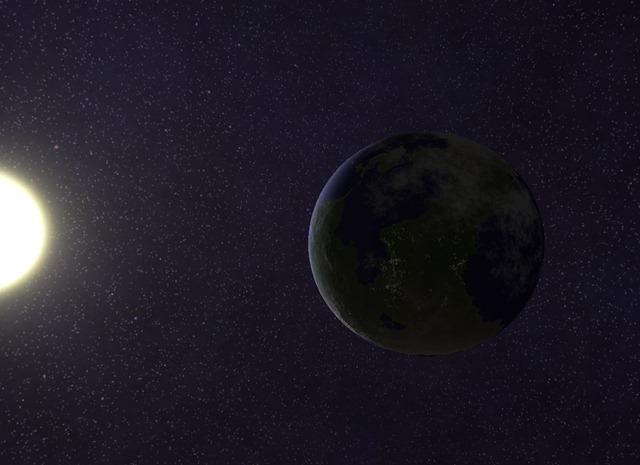Here’s an old essay of mine detailing how to allow game players to experience a game world subjectively, and what advantages this brings to interactive storytelling. Subjectivity is going to be a important part of the story telling technique used in Junkship.
Its pretty hard to deny that we all experience the world a little differently, it could be because we all see things from slightly different physical perspectives or more commonly that our perceptions of the same event are interpreted in a unique way by our minds as a function of our previous experiences, world view and belief systems. Even though we share common ground with others as to the nature of our experiences, there are subtle differences in how we react to and recollect situations that come together to give an internal model of external reality that not fully accessible to anyone but ourselves.
So what does this have to do with games and in particular role playing games (and in particular junkship :))? Well it has a lot to do with the RP in RPG, that is role playing, i.e putting yourself in someone else’s shoes and acting out a fantasy. This is made possible by our ability to simulate what we believe another being is experiencing within our own minds, we learn this from a young age and it is a key social skill that helps us understand the actions and thoughts of others. Our minds are sufficiently powerful to create almost a complete presence of mind for simple entities such as pets whereby we can tell almost exactly how they will behave in a given situation, however we are unable to completely understand the thought process going on within another human mind.
Traditionally western RPG’s leave characters as empty shells (an extreme example being games featuring a silent protagonist such as the half life series) and let the player fill them with their own presence of mind. In this way it is possible to display the world from a purely objective viewpoint to the player and for the player to react as they would as if the character were themselves. This approach works in situations where the character is not required by the story to have strong characterization.
Some RPG’s attempt to shoehorn the player into their character by crude statistical means such as ‘intelligence’ points for a character. for example a particular riddle cannot be solved by the player until their intelligence score is high enough for that character to be able to solve the puzzle in a way that is internally consistent with the game world. The problem with this approach however is that the player has a static intelligence and will become frustrated that while the solution is obvious to them, their character is too stupid to solve the puzzle, even though they ARE supposedly the character.
The third approach is to have the player view the game as a kind of benevolent puppet master, viewing the world from an objective point of view and guiding the characters through their trials and tribulations. This is what is done by pretty much every game featuring strongly characterized player characters. The player becomes immersed by relating to the characters and wanting to help them out, though they are never really seeing anything through the characters eyes. The problem with this is that the player is still disconnected from the game world which can result in the player having more desire to game the mechanics of the game and grab all the power ups rather than playing in a natural way given the context of the narrative.
The first two approaches are pretty unsuited to Junkship’s style of play and narrative, so what can we do with the third approach to help break the disconnect between the player and the character? Introduce character subjectivity to the experience! To explain what I mean by a subjective viewpoint I’ll explain a situation in terms of two viewpoints, external (objective) and internal (subjective). We’ll treat external as being a reality that’s absolute and free from personal bias, Plato’s perfect world if you will. By contrast the internal viewpoint is the world as experienced through the eyes of a character in the external reality and is very much biased and influenced by the character experiencing the external event. Games typically present the external world directly to the player, what I propose is that the internal world of the current character be what is directly presented to the character, making it easier for the player to understand the mindset of the character. This essentially means that while the events in external reality may be the same, depending on the character experiencing them the player may be given a different view that will bias thier experience in favour of the observing character.
Okay, so how can we actually do this? lets have an example, Say we have 3 characters James, Sora, and Modeki. James is arguing with Sora and Modeki is listening to them argue, this could be a pretty typical situation in Junkship and the player has the opportunity to have control over any one of the characters during this juncture. If the player was playing as James, Sora would appear to be very argumentative and disagreeable with the players dialogue tree being populated with reasonable and thought out answers, this gives the player the impression that James is right and that Sora is being a bitch (which is how James is viewing the situation). If the player was playing as Sora the roles would be reversed with James appearing to be in the wrong. If the player was playing as Modeki the (reasonably) impartial observer it would seem that both James and Sora were being petty and disagreeable.
Another situation could be where James is trying to explain the intricacies of spaceship engine design to Sora. James is knowledgeable in this area and is a natural with machines so its all obvious to him, but Sora has no idea about this stuff. As James the player would see James explaining things in a very simple and straightforward manner with Sora seemingly being unable to ‘get it’ despite how obvious it is. However as Sora, James would be talking in a very hard to understand fashion with lots of jargon thrown in to make it almost indecipherable, and it would appear that James is being unreasonable when he gets frustrated at Sora’s lack of understanding. If we extrapolate these sorts of situations out to all major plot events we can have a strictly linear narrative where the player better understands the actions of the character helping the player relate to the characters more effectively. It also gives players a chance to experience the same story in a number of different ways depending on who they are playing as, adding to replay value and the feeling of non-linearity.
Though this approach does introduce an overhead in having to write subtly different dialogue for each player character, in reality all characters could perceive most simple conversations in the same way, its only critical plot points and character building stuff that really benefits from the multiple viewpoints approach. If we wanted to we could also take the idea further to its logical extreme, to include visual and musical cues to aid in portraying the characters state of mind, e.g shifting the music to darker more sombre tones, and displaying a darker more monochromatic palette for a character that is depressed, or portraying NPC’s as shiftier, more sneaky looking characters if the player character has little trust in other people.



